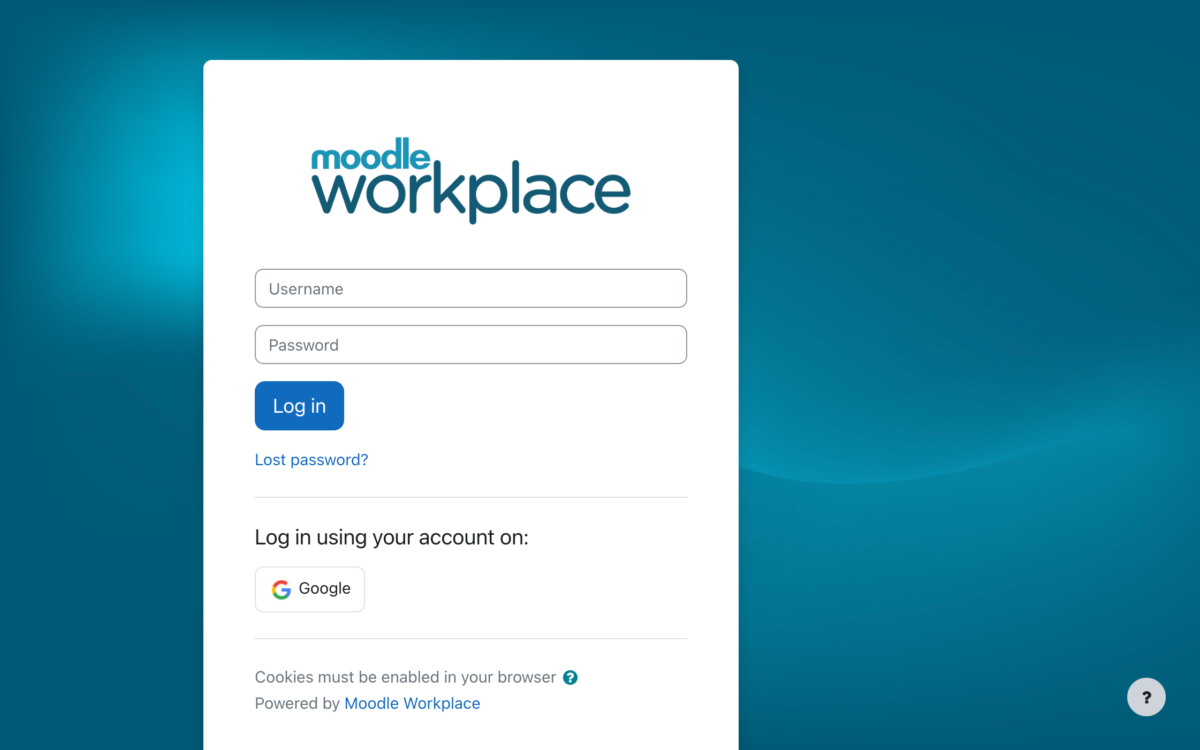Many people get confused by e-learning and overcomplicate things. As e-learning industry experts, we often get asked “what is e-learning and how do I make the most out of it?” Follow our simple guide to deconstruct e-learning and optimise the achievement of learning outcomes for your organisation.
E-learning is the delivery of learning and training by electronic means. This can involve a computer, laptop, netbook or other electronic devices such as smart phones. E-learning can be accessed via the intranet, internet and CD or DVD. It can include text, audio, video, animation and virtual environments. E-learning may be synchronous (same time) or asynchronous, self-paced or instructor led, a process or a single event, online or offline, or any combination of these modes.
What makes effective e-learning?
Like all learning, effective e-learning depends on sound communication of knowledge in a face-to-face or online setting. The effectiveness of e-learning depends on establishing two-way communication between teachers and learners, and among learners themselves.
We have custom SCORM content, wouldn’t that make e-learning more effective?
Wrong. Unfortunately elearning is widely promoted as a means of minimising costs by delivering pre-packaged content to learners. SCORM content only facilitates one-way communication, that is from teacher to learner, lessening the learning experience. It fails to take into account the social context in which learning occurs and the value of collaboration. Above all, it does not engage learners actively in the process of learning.
What learning tools do we need to make e-learning effective?
A learning management system (LMS) provides all the tools necessary for interactive and collaborative engagement of learners while providing a space to create and if necessary to integrate custom (SCORM/AICC) content. LMS allow for synchronous or asynchronous user engagement. In this environment, trainers and learners can have regular, scheduled sessions simultaneously online, or use asynchronous tools to exchange ideas in their own time.
The most widely used forms of synchronous communication tools in elearning are online chat and video-conferencing. Furthermore, exchanges during synchronous instruction can be saved for viewing and review at another time.
Asynchronous instruction on the other hand, allows participants to control their learning pace. Many of the technologies used in asynchronous e-learning also permit two way communication between learners and instructors, or multi-directional, collaborative communication among learners themselves.
Find below some of Moodle LMS tools most commonly used in asynchronous e-learning:
- Forums: students and teachers can exchange ideas by posting messages and comments.
- Blogs: form of online journal to post thoughts and comments.
- Glossary: an alphabetical list of terms in a particular domain of knowledge with the definitions for those terms. Can be collaborative or entries only made by the teacher.
- Quizzes: allows teachers to design and set quizzes consisting of a large variety of question types.
- Wikis: collection of collaboratively authored web documents – everyone in a class can create and contribute to it.
- Surveys: used by teachers to gather data from their students.
- Choice: teacher asks a question and specifies a choice of multiple responses.
- Database: allows the teacher and learner to build, display and search a bank of record entries.
Asynchronous learning can be designed to develop both cognitive and communication skills, engaging learners in a ‘cognitive apprenticeship’ in which learners can also be teachers.
Are there any downfalls to e-learning?
E-learning does require learners to have access to a computer or compatible electronic device, modern web browser and a good internet connection. The advantages of effective e-learning definitely outweigh any potential downfalls.







